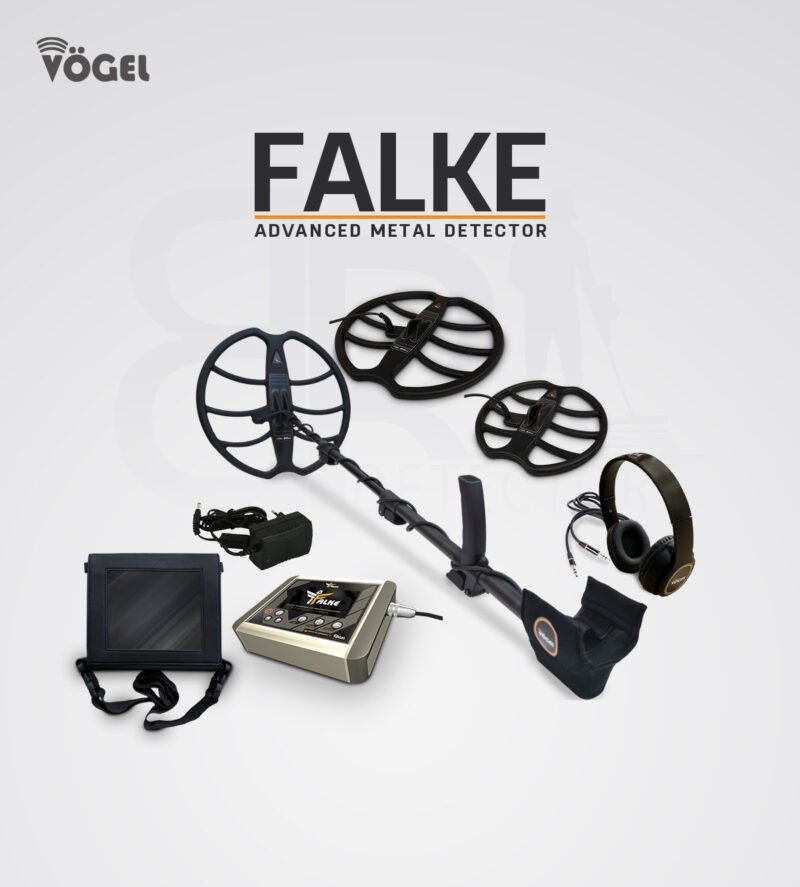For centuries, humans have been fascinated by what lies beneath the surface of the earth. From gold nuggets to ancient relics, the dream of uncovering hidden treasures continues to inspire explorers worldwide. Today, technology has made this dream more accessible than ever through the use of devices known as metal finder machines. But what exactly is a metal finder machine, and how does it actually work?
As someone who has followed detector innovations for years, I can say that understanding the mechanics behind these devices helps treasure hunters and professionals alike make better choices when investing in equipment.
Understanding the Metal Finder Machine
At its core, a metal finder machine is an electronic device designed to detect the presence of metals buried underground or hidden within objects. The principle behind it is relatively straightforward: the machine uses electromagnetic fields to locate metallic objects.
When the search coil of the detector emits an electromagnetic field into the ground, any nearby metallic object creates a disturbance in that field. The machine then interprets this disturbance and signals the user, often through audio tones or visual displays. The technology has evolved to distinguish between different types of metals, estimate depth, and even visualize shapes in advanced models.
For treasure hunters and archaeologists, this technology translates into efficiency. Instead of blindly digging, they can scan and focus their energy where the chances of success are highest. For security and industrial professionals, the same principle applies—except the goal might be preventing smuggling or detecting hidden hazards.
How Metal Finder Machines Work in Practice
The basic workflow of a metal finder involves three primary components: the control box, the shaft, and the search coil. The control box contains the circuitry, batteries, and signal processor. The coil, connected by the shaft, is swept across the ground.
As the coil sends out electromagnetic waves, buried metal objects respond by producing their own magnetic fields. The machine picks up these responses and delivers feedback to the user. Depending on the sophistication of the detector, this feedback can range from simple beeps to detailed 3D imaging of the target underground.
Modern machines also include ground balancing features, which help reduce interference from naturally occurring minerals in the soil. This ensures accuracy, especially in challenging terrains like deserts or rocky landscapes.
The Role of Advanced Machines Like Falke
While entry-level machines serve hobbyists well, professionals often require greater depth, precision, and versatility. This is where advanced devices like the Falke detector come into play.
The Falke is a modern multi-system device that combines several technologies into one unit. It doesn’t just detect metals—it analyzes them with precision, offering hunters the ability to distinguish between gold, silver, copper, and other valuable targets. It is especially praised for its ground penetration capabilities, reaching depths that older detectors simply cannot match.
One of its standout features is its advanced 3D scanning system, which allows treasure hunters to visualize underground structures. This is invaluable for determining whether a signal comes from a single coin, a cluster of relics, or even larger caches. The Falke also integrates ground balance settings that adapt to different soil conditions, making it a practical choice in mineral-rich regions.
For professionals who demand reliability and versatility, the Falke exemplifies how far detector technology has come. Its combination of depth, scanning accuracy, and user-friendly design makes it a go-to choice for serious treasure hunters.
Why Professionals Choose Multi-System Detectors
While casual users may be satisfied with a detector that beeps at the presence of metal, professionals often require much more. Multi-system detectors like the Falke or other advanced models provide layered functionality. These include:
-
The ability to work across multiple frequencies.
-
Detailed discrimination between ferrous and non-ferrous targets.
-
Visualization of underground objects through 3D imaging.
This level of detail saves time, reduces unnecessary digging, and increases the odds of meaningful discoveries. For treasure hunters working in diverse conditions, adaptability is the difference between missed opportunities and major finds.
Real-World Applications of Metal Finder Machines
Metal finder machines aren’t just for hobby treasure hunters. They have become essential tools across a variety of fields:
In archaeology, they help uncover ancient artifacts without unnecessary damage to sites.
In security, they are used in airports, stadiums, and government facilities to prevent smuggling or ensure safety.
In construction, detectors identify underground pipes and wiring, preventing costly and dangerous accidents.
In environmental studies, they aid in locating buried hazards or lost materials.
The common thread is precision and reliability. Whether you’re an archaeologist mapping ruins or a prospector chasing a hidden vein of gold, the machine serves as a trusted partner.
The Importance of Training and Expertise
While the technology of metal finder machines has advanced dramatically, results still depend on the skill of the operator. Understanding how to interpret signals, adjust sensitivity, and use ground balancing effectively can mean the difference between success and frustration.
Professional training and practice are essential, especially with advanced models like Falke. These devices are powerful, but they deliver the best results when the user understands how to tailor the settings to their specific environment.
Investment Value of Modern Detectors
High-quality detectors like Falke represent a significant investment, but for professionals, they are more than worth the cost. They not only expand possibilities but also save time and resources by reducing guesswork.
For treasure hunters, this investment is often justified by even a single major find. For industrial users, it is justified by safety and efficiency. Either way, the return on investment is clear.
Final Thoughts
A metal finder machine is far more than just a gadget—it’s a window into what lies hidden beneath our feet. From the basic principle of electromagnetic fields to the advanced capabilities of professional devices like the Falke, these machines have revolutionized treasure hunting, archaeology, and security alike.
For those who want to move beyond hobby-level searching and embrace professional exploration, investing in advanced technology is key. Machines like Falke demonstrate how modern engineering has turned the age-old quest for hidden treasures into a science-backed reality.





